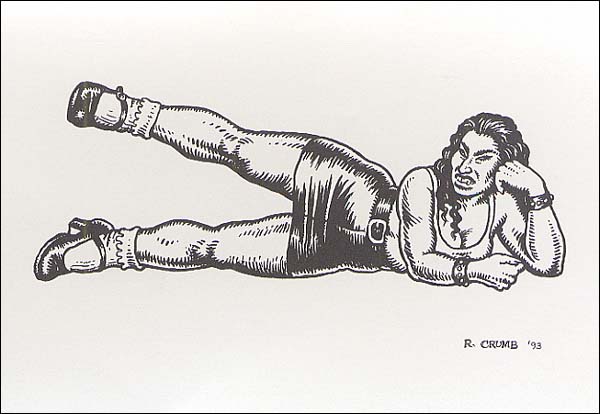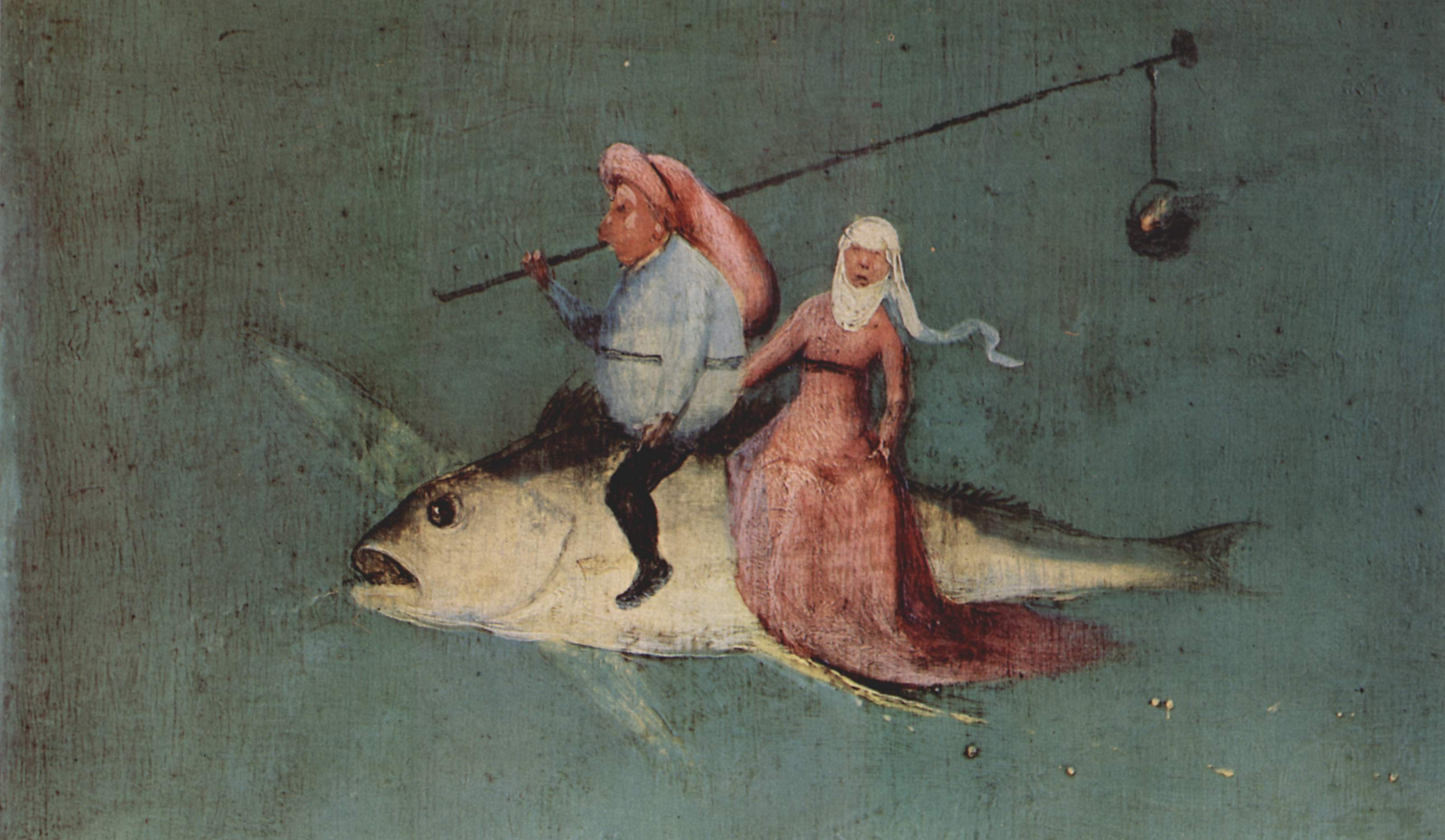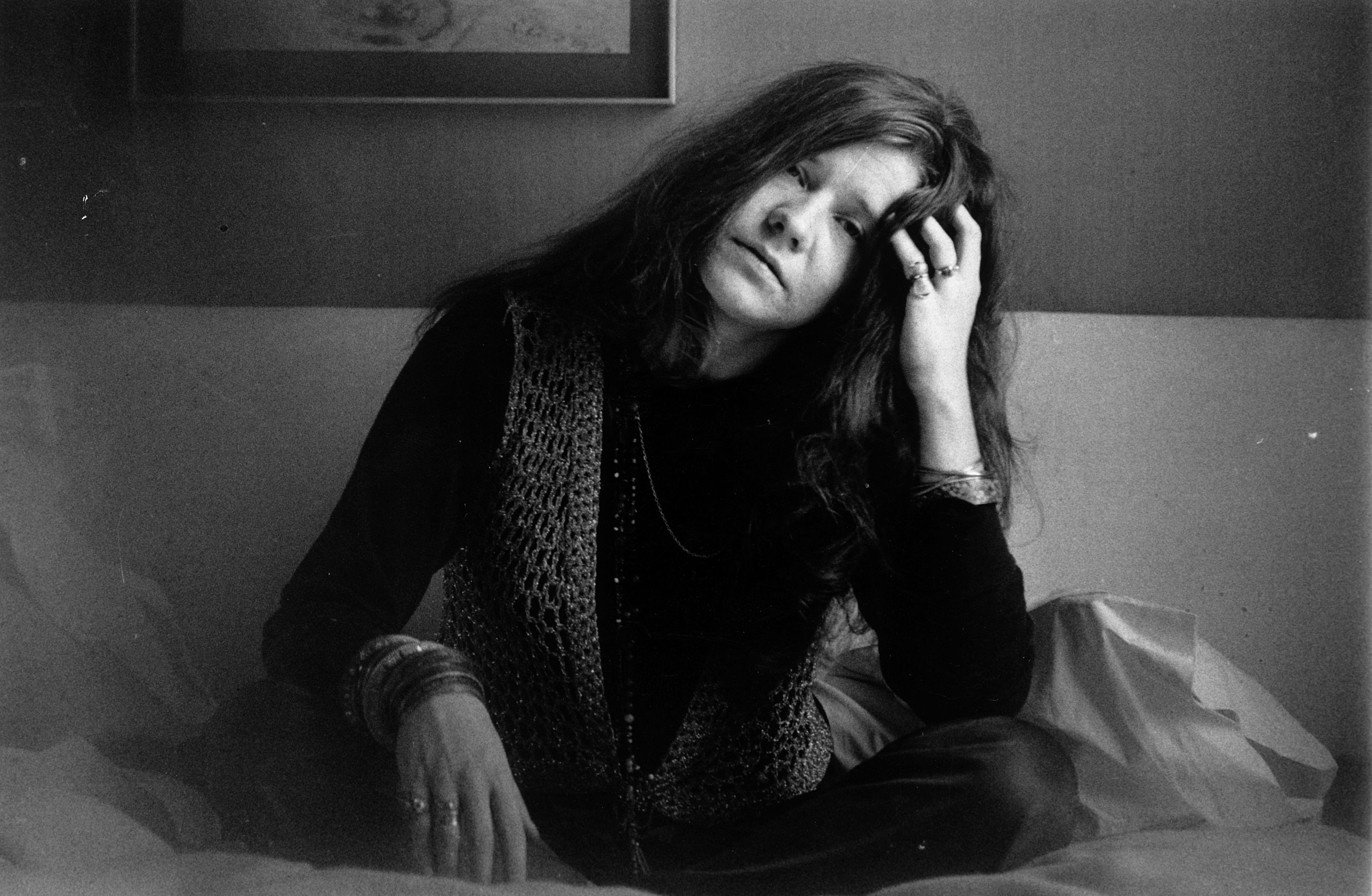Somewhere between the sprawling saga of Hoop Dreams and the rise of the spotlight sucking Kardashians, we enjoyed a golden age of the documentary film, a thrilling time where the form was elevated to something approaching great art, where individuals you wouldn’t otherwise care about, indeed, people you wouldn’t even sit next to on the subway, became the subjects of heartbreaking drama, dished up and served to us in the same theaters that helped us celebrate another golden age, that of the independent film, so alongside Reservoir Dogs and The Full Monty came a plethora of documentaries made by earnest filmmakers itching to present the stories of real people. Among the best, if not the undisputed king of ‘em all, was Terry Zwigoff’s Crumb (1994) now showing on Crackle. It’s a raw and impenitent look at one of the most unique illustrators of our time, Robert Crumb, the man who turned the world of underground comics into a battlefield of sexual fantasies, a place where his complicated id revealed itself in its fetishistic, LSD-fueled glory. (Crumb would hate that line, but so what? He does his thing, I do mine.)
Next to the dreary feminists complaining about Crumb’s humiliation of women in his comics, the most unsettling thing in Crumb is learning about his reclusive brothers Charles and Maxon, the former an overly medicated middle-aged man who still lives at home with his clueless mother (he’d commit suicide shortly after participating in the film), the latter a panhandler who lives alone in a dank San Francisco hotel. Crumb's brothers, each talented in their own right, look damaged, as if their nervous systems had been fried. Both had issues with sexuality and lived celibate lifestyles. Though middle brother Robert used his talent to achieve some fame and forged an apparently pleasant home atmosphere with his wife and daughter, he has more in common with his brothers than he might let on, and seems to have barely escaped the same kind of stunted adulthood. The three grew up sleeping in the same bed till they were 16 or so, enduring a sheltered, competitive upbringing under the iron-fisted rule of their father. As Maxon says, the brothers were “like primordial monkeys working it out in the trees.”
Whatever Crumb needed to work out, he did it in his drawings, which are brilliant, scary, beautiful. Through publications like ‘ZAP’ ‘Fritz the Cat’, and ‘Weirdo,’ Crumb unleashed his tales of sniveling, scrawny men taking advantage of unsuspecting super women. Crumb’s women are as easily recognized as any of Picasso’s nudes, identified by their powerful legs and gargantuan, shelfed-out asses. The typical Crumb story is a sort of surreal, oversexed comedy short, ala the Three Stooges as if scripted by Krafft-Ebing, where the loser gets the drop on his hulking fantasy woman, but usually ends up getting his own butt kicked, or at the least, chased away with a knife. When asked directly about his many kinks, the aloof Crumb shrugs. “That,” he says, “is for a psychiatrist to figure out.”
Zwigoff gives plenty of time to Crumb’s critics, and the charges of sexism and racism are nicely counterbalanced by Australian art critic Robert Hughes (1938-2012), who compares Crumb to Breughel and Goya, and chastises America for being too preoccupied with political correctness to appreciate Crumb’s brand of wild satire and grotesque imagery. “What do you do with practically anybody who’s got a vision of the world which isn’t in accord with the present standards at Berkeley?” says Hughes. Indeed, the movie’s end finds Crumb moving to France, as if squeezed out by an increasingly intolerant homeland. But the man will never be stopped. The movie’s elegant intro, where Zwigoff pans across a collection of empty thread spools, each adorned by a tiny Crumb sketch, shows that Crumb draws the way other people breathe, and will continue to draw until there’s no life in his body. The chastising talking heads and baffled ex-girlfriends are simply no match for him.
Crumb was such a success that it inspired other filmmakers to seek out their own Crumbs. Chris Smith found his in Mark Borchardt, a bumbling Wisconsin filmmaker trying to finish a movie called Northwestern, a magnum opus about “rust and decay.” In American Movie (1999), also showing on Crackle, we see the true meaning of “indy filmmaking,” as Borchardt, an angry 30-year-old with a chip on his shoulder and a drinking problem, fights gallantly to finish Coven, a short horror film which he hopes will make enough money to finance Northwestern. He enlists his friends and family to help, including his cantankerous uncle Bill who loans him $3,000.00, and his buddy Mike Schank, a good-hearted ex-druggie who keeps the movie warm with his nervous laugh. When Borchardt accuses Mike of stealing a riff from a Black Sabbath song for the Coven soundtrack, Mike matter-of-factly reminds him that “ideas don’t just come out of thin air.”
American Movie and Crumb are two
sides of the same coin. Robert Crumb and Mark Borchardt are both iconoclasts.
Though his talent can’t compare to Crumb’s,
Borchardt has a knack for framing scenes, and he knows what looks good
in a movie. The real difference between them is that Crumb had an unbreakable faith in himself. Borchardt, as shown
in American Movie, had some
deep-rooted anger that went well beyond Crumb’s inability to get girls in high
school. Mostly, Borchardt nurses a hatred of his
own working class roots. His anger leads him to drink, which prevents him
from getting his work done. That he actually finishes Coven and has a little premiere at a local theater feels more like
a fluke than a triumph. Since appearing in American
Movie, Borchardt has directed only
one short. What American Movie did for him is turn him into a cultish figure; he has taken several bit parts in low budget films, and along with Schank
appeared in cartoon form in a 2006 episode of Family Guy, an insider’s reference that is probably lost on most
people by now.
American Movie won the Grand Jury prize at the Sundance Film Festival. So did Crumb, a few years earlier. Since that flourishing period of the American
documentary, there’s been a decline, I think. Documentary filmmakers now go for
either the overly silly, or the overly maudlin. Perhaps reflecting the current
American culture, documentaries must be either goofy, or self-consciously “important.” Though the doc is even more marginalized than
the small, indy film these days, the silly ones still have their audience, though in diminishing numbers. Yet,
I’m always reminded of Harvey Pekar’s line in American Splendor, when his friend Toby is on MTV, and Pekar
grouses that the corporate world thinks nothing of taking these
salt-of-the-earth types and letting audiences laugh at them.
Certainly, there have been some good documentaries in recent
years, but they tend to feel staged now,
owing more to an episode of Real World
than the non-fiction works of, say, Errol Morris or Werner Herzog. It’s been a
long time since I’ve seen anything comparable to Crumb trying to maintain his flip
demeanor when describing his father smashing his collarbone, or Mike Schank’s
confiding to Chris Smith’s camera that he’d just won a few bucks on a scratch
ticket and didn’t want anyone to know.
Smith’s choice of Jerry Jeff Walker’s ‘Mr. Bojangles’ to play over the
final credits, first on Schank’s acoustic guitar and then sung by Sammy Davis
Jr., tells me American Movie, despite
moments of unintentional comedy, was not a joke, but a
serious musing on those who dream big but remain stuck somewhere, in a cell, in
a job, in a cold hometown that seems to work against you at every turn.



